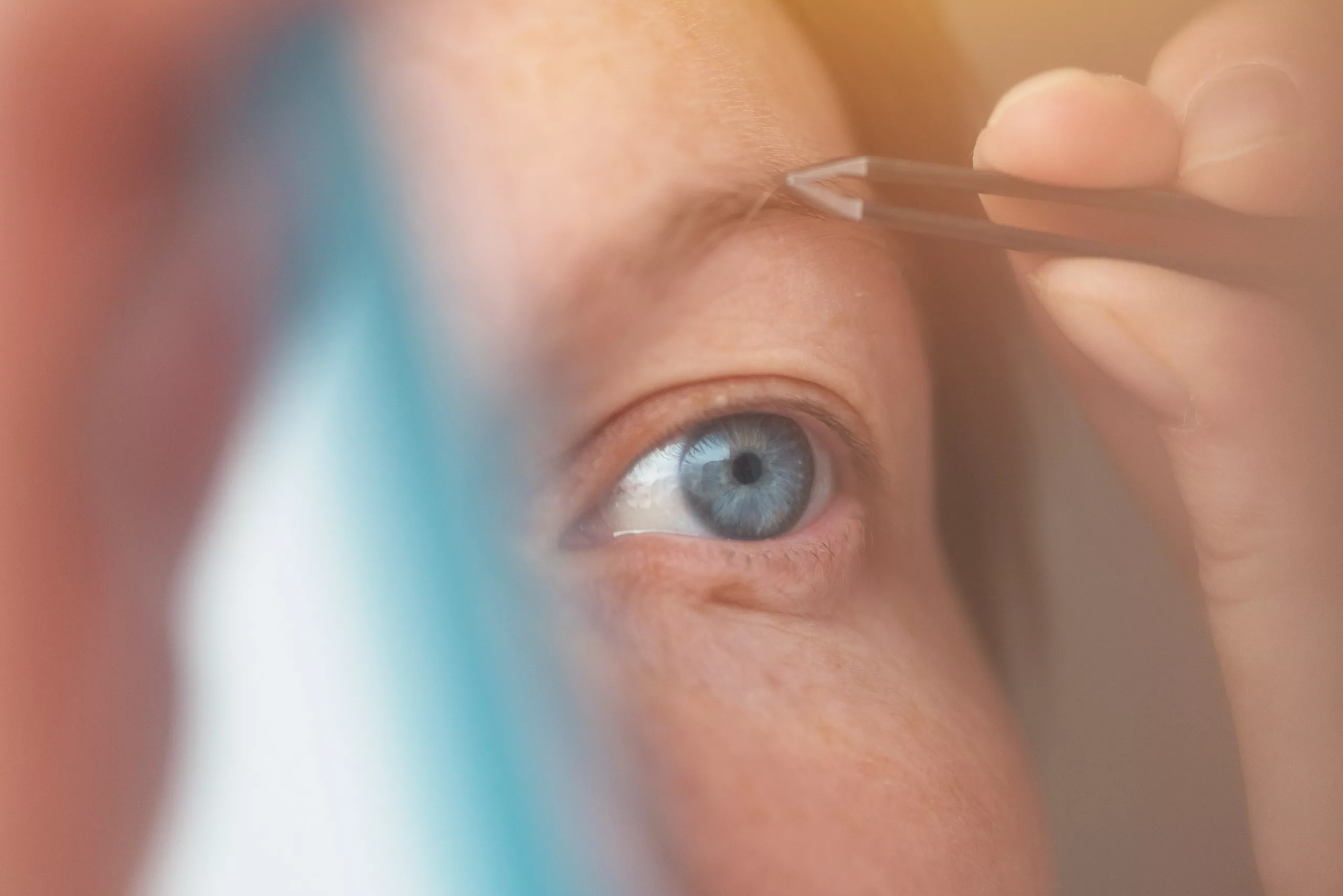Iris Suture Fixation: Ensuring Stability and Visual Clarity
Introduction
Iris suture fixation is a surgical technique used to stabilize the iris, the colored part of the eye, particularly in cases where it has been damaged or where certain conditions affect its position or function. This procedure is crucial in restoring visual clarity and maintaining the structural integrity of the eye. Here’s a detailed exploration of iris suture fixation, its indications, techniques, benefits, and considerations:
Indications for Iris Suture Fixation
Iris suture fixation is primarily indicated in the following scenarios:
- Trauma: Severe eye trauma can lead to iris damage or displacement, necessitating stabilization through surgical intervention.
- Iris Prolapse: In cases where the iris protrudes through a corneal or scleral wound, suture fixation helps reposition and secure the iris.
- Iris Defects: Congenital anomalies or acquired defects in the iris structure may require surgical correction to maintain normal eye function and aesthetics.
- Iridodialysis: This refers to a separation of the iris root from its attachment to the ciliary body, often due to trauma. Suture fixation is crucial to reattach and stabilize the iris.
Surgical Techniques
The procedure of iris suture fixation typically involves the following steps:
- Preoperative Evaluation: Detailed examination of the eye’s anatomy and the extent of iris damage or displacement is essential to plan the surgical approach.
- Anesthesia: Local or general anesthesia is administered to ensure patient comfort and safety during the procedure.
- Suture Material: Specialized sutures, often non-absorbable and thin, are used to minimize tissue trauma and ensure long-term stability.
- Suturing Technique: The surgeon carefully maneuvers the iris into its correct position using delicate instruments. Sutures are then placed through the iris tissue and secured either to the sclera or within the eye’s structures, depending on the specific case.
- Adjustment and Confirmation: Proper alignment and tension of the sutures are crucial to prevent complications such as pupil distortion or postoperative astigmatism. Adjustments may be made intraoperatively to achieve optimal results.
Benefits of Iris Suture Fixation
- Restoration of Visual Function: By stabilizing the iris, this procedure helps restore normal pupil function and improve visual acuity, especially in cases where iris abnormalities affect light entry into the eye.
- Cosmetic Improvement: Correcting iris defects or displacements can enhance the eye’s appearance, promoting better symmetry and aesthetics.
- Prevention of Complications: Iris suture fixation reduces the risk of complications such as secondary glaucoma, which can occur when iris abnormalities interfere with aqueous humor drainage.
Postoperative Care and Considerations
- Monitoring: Close postoperative monitoring is essential to assess healing, pupil function, and intraocular pressure.
- Medication: Topical medications may be prescribed to reduce inflammation, prevent infection, and promote healing.
- Activity Restrictions: Patients may be advised to avoid strenuous activities or activities that could potentially strain the eyes during the initial recovery period.
- Follow-up Visits: Regular follow-up visits allow the ophthalmologist to evaluate the long-term success of the procedure and address any concerns that may arise.
Potential Complications
While iris suture fixation is generally safe and effective, potential complications may include:
- Infection: Risk of intraocular infection, although minimized with proper surgical techniques and postoperative care.
- Suture-related Issues: Suture erosion or breakage, which may require additional surgical intervention.
- Pupil Irregularities: Temporary or permanent changes in pupil shape or size due to surgical manipulation.
Conclusion
Iris suture fixation is a valuable surgical technique in ophthalmology, aimed at restoring both functional and aesthetic aspects of the eye affected by iris abnormalities or trauma. By carefully stabilizing the iris, this procedure helps preserve visual acuity, prevent complications, and improve overall eye health. Close collaboration between patients and ophthalmic specialists ensures optimal outcomes and long-term eye wellness following surgery.
World Eye Care Foundation’s eyecare.live brings you the latest information from various industry sources and experts in eye health and vision care. Please consult with your eye care provider for more general information and specific eye conditions. We do not provide any medical advice, suggestions or recommendations in any health conditions.
Commonly Asked Questions
Iris suture fixation is a surgical procedure used to stabilize the iris, often after trauma or in cases of congenital defects, to restore normal eye function.
When performed by skilled ophthalmic surgeons, iris suture fixation is generally considered safe. However, like any surgical procedure, it carries some risks which your doctor will discuss with you.
Recovery time can vary depending on individual healing responses and the complexity of the procedure. Typically, patients may experience initial discomfort or mild vision changes that improve over several weeks.
Yes, by stabilizing the iris, this procedure can improve vision by correcting issues such as irregular pupil shape or size that affect light entry into the eye.
Depending on the specific condition, alternatives may include iris reconstruction with implants or other surgical techniques aimed at restoring iris function and appearance.
In some cases, iris suture fixation may cause temporary or permanent changes in pupil size or shape, which your surgeon will discuss with you beforehand.
Your ophthalmologist will assess your eye condition through thorough examination and diagnostic tests to determine if iris suture fixation is the appropriate treatment for you.
While rare, potential complications may include suture-related issues, infection, or changes in intraocular pressure. Regular follow-up visits with your eye specialist help monitor and manage these risks.
Yes, iris suture fixation can be performed in pediatric patients in cases of congenital iris defects or trauma. The procedure is tailored to the specific needs of younger patients.
Success rates vary based on the underlying condition and surgical technique. Your ophthalmologist will discuss expected outcomes and potential risks before proceeding with the procedure.
news via inbox
Subscribe here to get latest updates !







